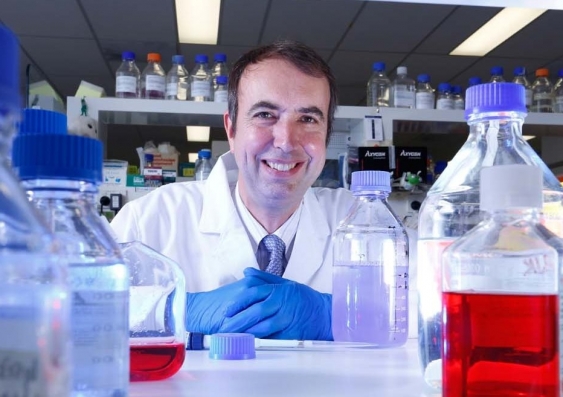Spreading the load to help carry that weight
The 2017 Universities Australia Student Finances Survey reveals many Australian students are facing financial challenges.
The 2017 Universities Australia Student Finances Survey reveals many Australian students are facing financial challenges.

The 2017 Universities Australia Student Finances Survey provides a dramatic snapshot of the challenges facing Australian students. The old days are gone. It’s good that university isn’t just for the rich anymore.
But weighed against that, many students are struggling. They no longer have the time to dedicate themselves completely to their studies. Now four out of five are working part-time.
Let’s consider what this means. A normal study load is typically four courses each semester. The face-to-face contact hours may vary somewhat between degrees, but students often will have 20 contact hours and commit the same amount to assignments and revision.
The finances survey results reveal that increasing numbers of students also are doing more than 20 hours per week in paid employment — 16 per cent of Australian students in 2006, 24 per cent in 2012 and 30 per cent last year. Forty per cent of students surveyed said their paid work was affecting their studies.
So how do students adapt? Some may soldier on, while others, one in five now, are taking fewer courses to reduce their study load.
But there are limits to what students can do. They can make a small change from four to three courses a semester, but if they drop down to two courses then they’ll be officially part-time and no longer will be eligible for certain government support payments and scholarships.
In addition, going part-time drags out their degree — and there are inherent costs involved with that.
The modern approach to work seems to be here to stay. It’s a 24/7/365 world and students are working hard. The old days when they studied hard at uni (or not so hard), then went home over the summer to help with the harvest and earn money for the next semester are long gone.
In the modern world students are studying hard and working hard across the whole year, and part-time work is available throughout the year.
Can universities do anything to recognise the change and help?
Universities are doing their best to increase scholarship offerings and enhancing support services to assist those students who need financial help.
But with limited funds and growing numbers of students in need, the Universities Australia report demonstrates that these efforts have not been, and are not likely to be, sufficient.
Are there other things universities can do to help students spread their load and balance the study-work combination that now appears to be the norm?
Is it possible to move from two semesters with total teaching times of 24 or 26 weeks and a harvest-time break to a system that spreads things across the year?
UNSW Sydney has decided that to break with that agrarian tradition by resetting the academic calendar.
From next year, UNSW will offer three standard terms, plus an optional summer term (the UNSW3+ calendar).
Importantly, students will focus on never more than three rather than the present four courses per teaching period (and just one optional course in the shorter summer term).
The design aims to focus student learning on fewer concurrent topics and assessments to allow more options for spreading work and also, in academic terms, to limit the “summer learning loss” by having more breaks between terms but each of a shorter duration.
For students under stress, financial or otherwise, there will be more opportunities to adjust their study load, including reducing their load to just one or two courses in a term (without being classified as part-time) or taking program leave for a term should they need it.
Alternatively, students could finish a three-year degree one term early. But it is our expectation and hope that instead of doing that they will take a term during their degree to complete an internship, work in a research lab or travel.
To add to the flexibility, UNSW will spend more than $100 million on digital uplift to ensure that our face-to-face courses are also available online for students who may miss things during work commitments.
And as we adjust for the new calendar, every course is going through a redesign.
With no more than three courses in 10-week terms, we have more time available than we had with four courses in 12-week semesters, so we can slightly increase rather than reduce the teaching contact we offer.
The new, longer calendar also allows us to move some casual and sessional staff into continuing-education focused roles, further enhancing the quality of education available and providing better jobs.
Few sectors respect, and to a certain extent romanticise, traditions such as higher education, and mostly with good cause.
However, we have to be aware that times are changing and the financial realities evident in the recent Universities Australia report remind us that sometimes it is time for us to change too.
Shane Griffin is UNSW3+ lead and Merlin Crossley is Deputy Vice-Chancellor (Academic) at UNSW Sydney.
This article was originally published in The Australian. Read the original article.